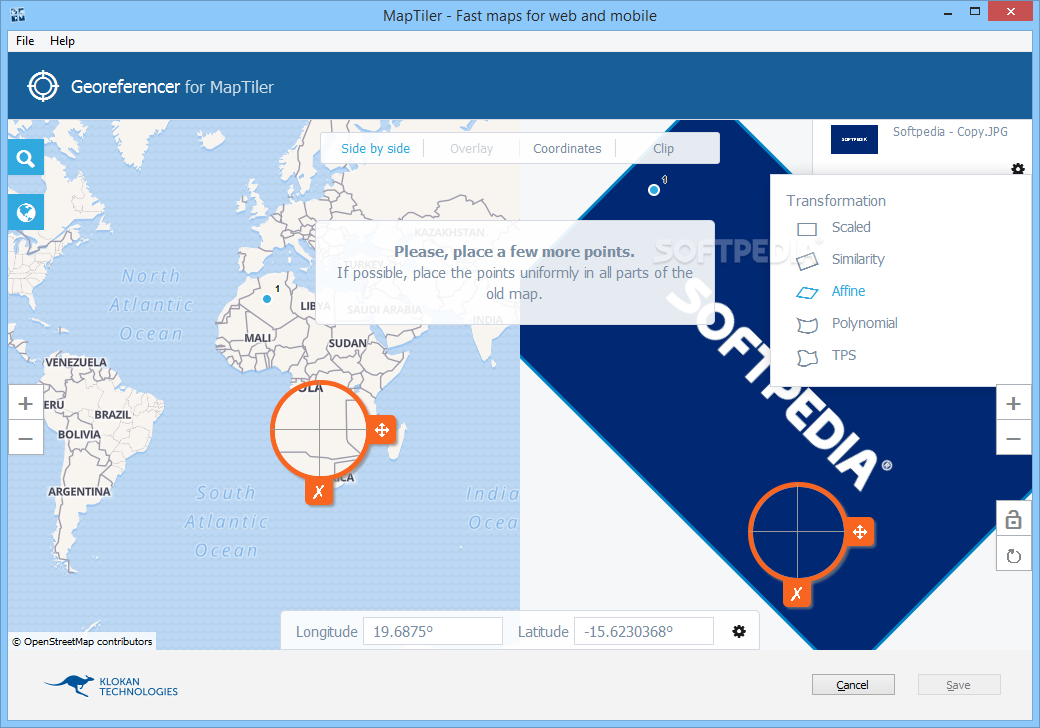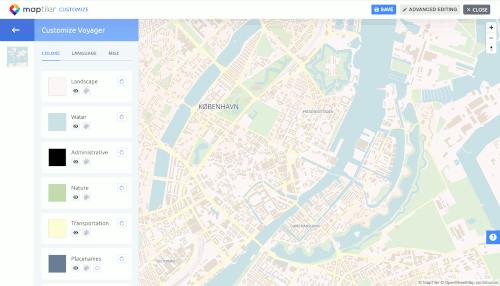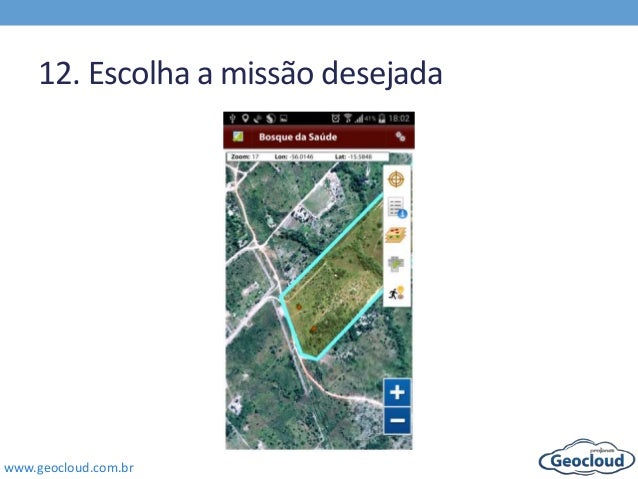

- Maptiler no html how to#
- Maptiler no html free#
With a few clicks, you can adjust the look&feel of the data - set colors, transparency, zoom layers on which the data appear, etc.ĭetail step-by-step guide is described in a separate how-to.Īgain, once you are happy with how the final map looks like, you can Save and “Publish” it to make it available on the web. Once you have the right base map for your data, choose the “⋮” menu and select “Edit a copy”, then add your published Data into a “Data Sources” and attach it via “Add Layer” to the map.

You can also create own map design fitting your brand or use-case with a few mouse clicks. There are also greyish and darkish map styles, which maximally suppress the color palette scale. Pastel style is one of them, where light colors used in the map do not interfere with your data.
You can choose a background map that will let your data stand out. Create an HTML page and include the MapLibre GL JS viewer. Probably not the answer you were hoping for and I. Last year, we were one of the financial sponsors of support for vector tiles in QGIS. The community around is very active, with dozens of commits each month. This will make the data available from all our servers on 5 continents, and also allow you to add the data into other maps. This means you can now import the js-api-loader and load the Maps JS API via JavaScript rather than HTML. In 2017, we started OpenMapTiles - the first truly open project for generating vector tiles, and we still keep maintaining this project. When you are done with editing, click on the “Publish” button. 
The data collected on a mobile phone is synchronized with the online editor.
Maptiler no html free#
Instead of drawing the data on top of standard street maps you can choose a satellite map or import your scanned paper maps, floor plans or other raster geodata (just use your own map as a background).įield data collection is possible with the free MapTiler Mobile app which allows you to record tracks and GPS positions on a mobile phone, even while offline.

You can add points, lines, and polygons, set multiple attributes, add notes and attach photos. It is possible to start drawing your dataset or upload existing files in the following formats: .geojson, .gpkg, .gpx, .kml, .shp, .zip shapefile. The Vector Data Editor in MapTiler Cloud allows you to create or edit your basic vector data. Online editor for points, lines & polygons
Maptiler no html how to#
Let’s have a look at how to import your existing files or draw points or tracks manually, add these data into a map of your choice and then embed such a map into your blog or website - without any programming at all.
Load index.html in a browser (IE doesn't count).The position of your shop in the city, hiking trails with related points of interest, electric power grid or any other vector data can be easily displayed on a map with a few clicks. Docker may throw a warning if one of your folder names has a space character in it.) html they anycodings_openlayers provide is to change the Tile Layer source anycodings_openlayers as follows: source: new ol.source.XYZ(, not $(pwd). The anycodings_openlayers only change I have made to the. I have a anycodings_openlayers simple index.html file to display an anycodings_openlayers OpenLayers map as specified in the anycodings_openlayers OpenLayers QuickStart documentation. Important: What is different than most other map tiling algorithms: The tiles from maptiler have the same size - You can specify the tile size when creating the instance import maptiler.maptiler as mt import maptiler.mapplot as mp outpath '' searchpoint mt.MapPoint(40.7058254, -74. I am anycodings_openlayers running TilerServer-GL docker image as anycodings_openlayers specified in the documentation. I am trying to load map image tiles anycodings_openlayers which I have downloaded from here. I need to run an OpenLayers instance anycodings_openlayers offline.








 0 kommentar(er)
0 kommentar(er)
